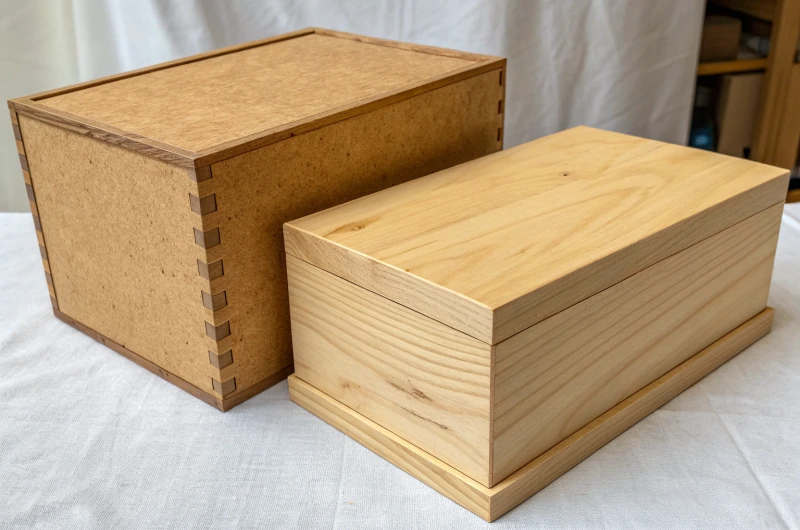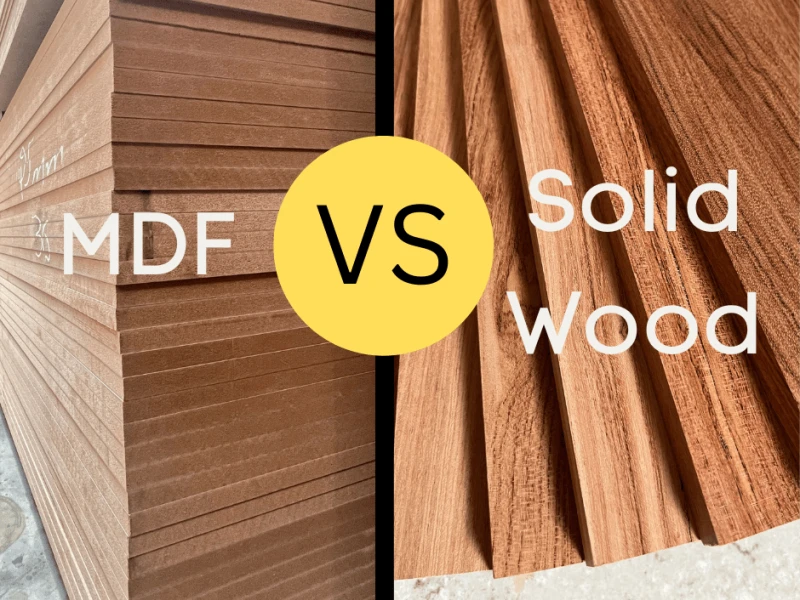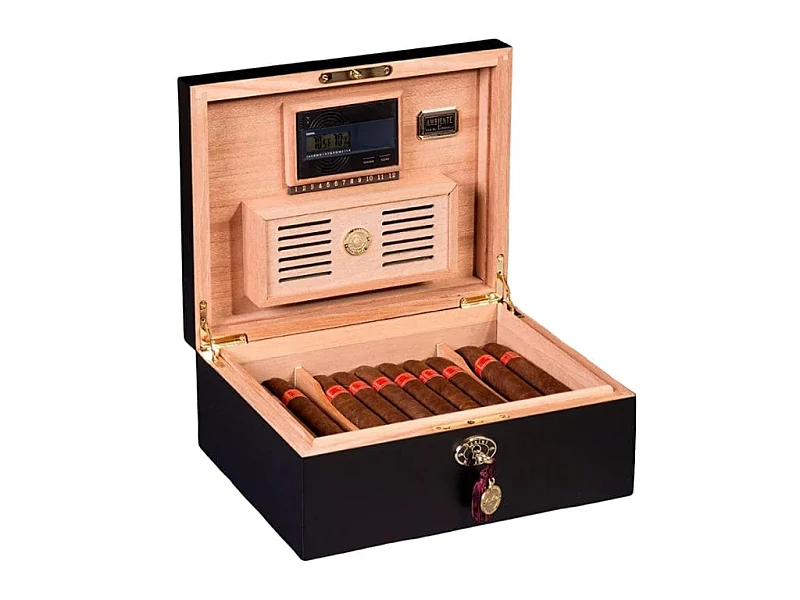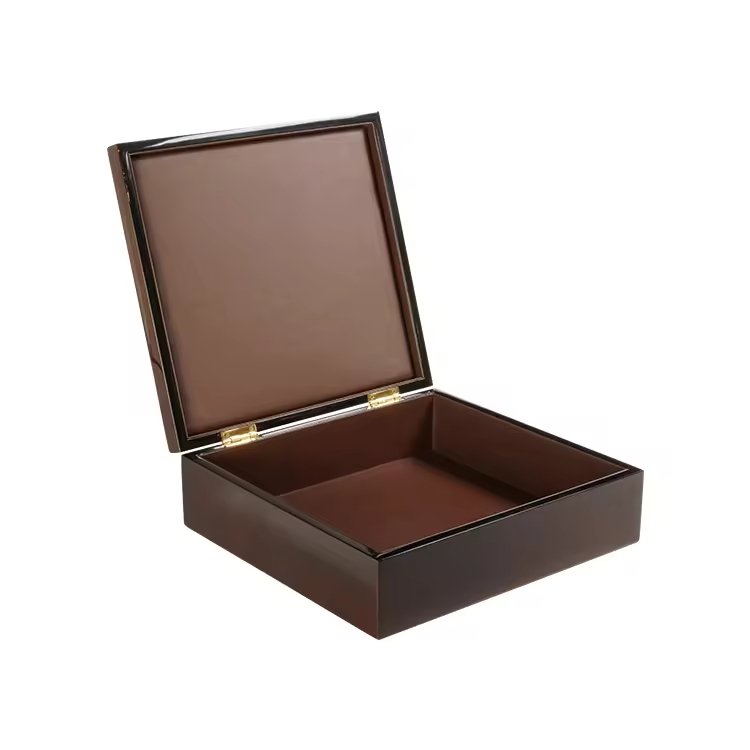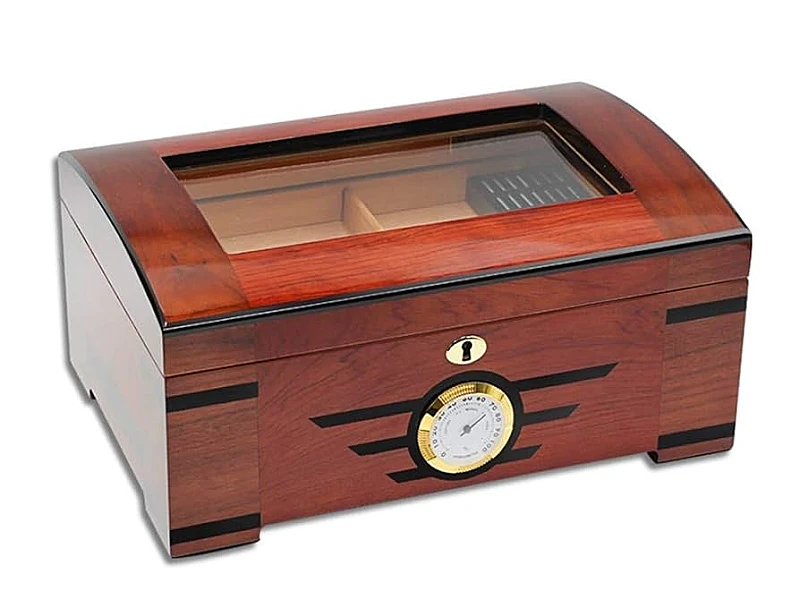
Luxury does not always mean flawless perfection. Sometimes, the most prestigious signal of value lies in what is imperfect: the small traces left by human hands.
Premium cigar brands preserve handmade traces because they emphasize authenticity, celebrate artisanal heritage, and create emotional connections that industrial perfection cannot.
Let’s explore why these subtle marks matter.
How do visible tool marks or natural imperfections emphasize authenticity and craftsmanship?
Perfect surfaces often suggest machines. Visible marks reveal human presence.
Tool lines, slight grain variations, or brush strokes emphasize authenticity by showing that the box was shaped by a craftsman, not a machine.

Such imperfections remind buyers that each box is unique, not mass-produced. They highlight skill by making the craft visible rather than hidden.
Authenticity signals
| Handmade Trace | Craft Message | Consumer Perception |
|---|---|---|
| Chisel or sanding mark | Human workmanship | Proof of authenticity |
| Uneven grain pattern | Natural material integrity | Honest, organic feel |
| Brush stroke in lacquer | Hand-applied finish | Attention to craft |
I once delivered cedar boxes where sanding lines remained faintly visible. Collectors said it “proved a person, not a robot, made it.”
Why do consumers associate hand-finished details with rarity and uniqueness?
No two handmade traces are the same. That difference creates rarity.
Consumers associate hand-finished details with uniqueness because each mark distinguishes one box from the next, turning it into a singular object.
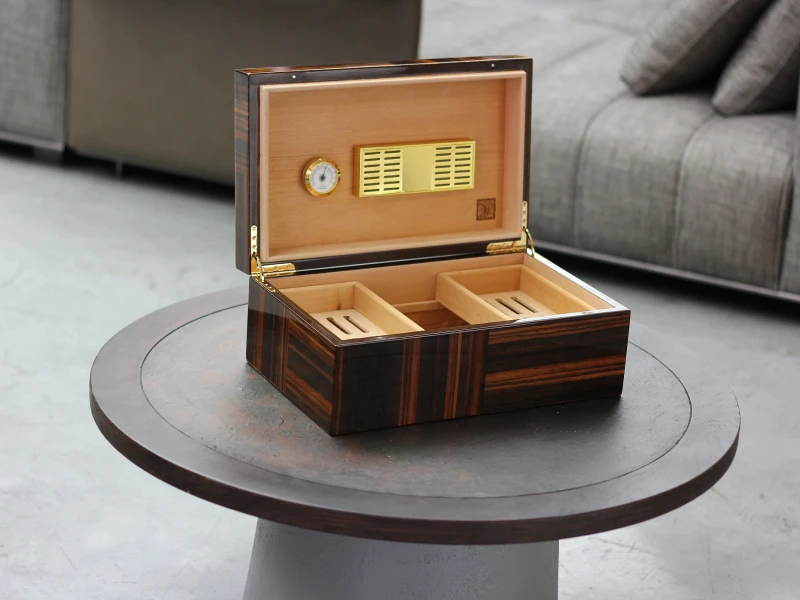
Machine perfection produces sameness. Manual details make the product feel irreplaceable, aligning with luxury’s promise of exclusivity.
Uniqueness effect
| Hand Detail | Rarity Value | Consumer Response |
|---|---|---|
| Slight variation | One-of-a-kind appearance | Pride in ownership |
| Visible touch marks | Personal involvement | Sense of individuality |
| Natural finish flow | Organic unpredictability | Stronger collectible appeal |
A Swiss client once said of handmade boxes: “I can recognize mine because of the slight difference—it feels personal.”
In what way does the “human touch” create emotional connection beyond industrial perfection?
Humans connect with human traces. A flawless surface feels cold.
The human touch creates emotional connection by reminding buyers that another person invested time, effort, and pride into the box.
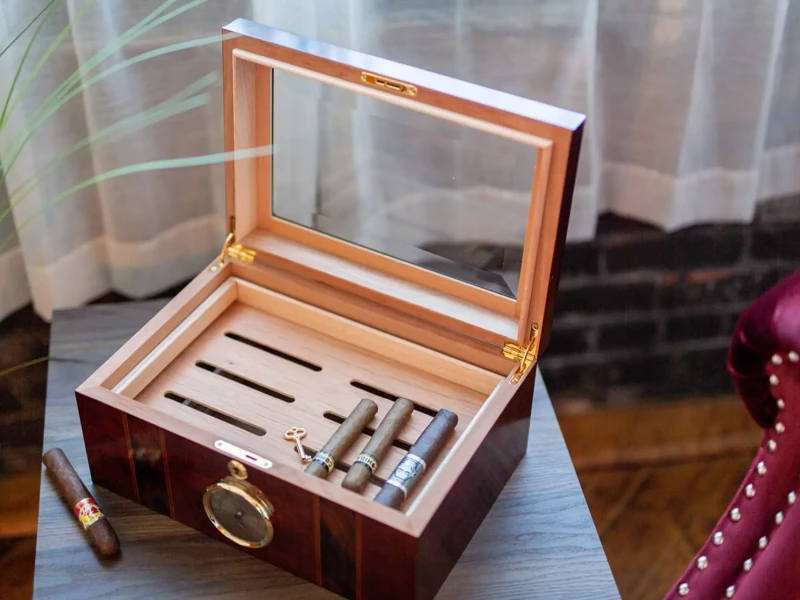
This intimacy fosters respect for the craft and builds trust that the cigars inside were treated with the same care.
Emotional connection
| Human Touch | Consumer Feeling | Brand Benefit |
|---|---|---|
| Hand polish | Warmth and intimacy | Brand becomes relatable |
| Visible labor mark | Respect for effort | Prestige through empathy |
| Crafted variation | Connection to maker | Deeper brand loyalty |
I once saw buyers stroke the surface of handmade boxes, saying, “I can feel the work.” The imperfection became the emotional bridge.
How can handmade traces support a brand’s storytelling about heritage and artisanal skill?
Packaging should narrate. Handmade marks are a natural story thread.
Visible traces support storytelling by acting as physical evidence of heritage, artisanal skill, and continuity of traditional craft.
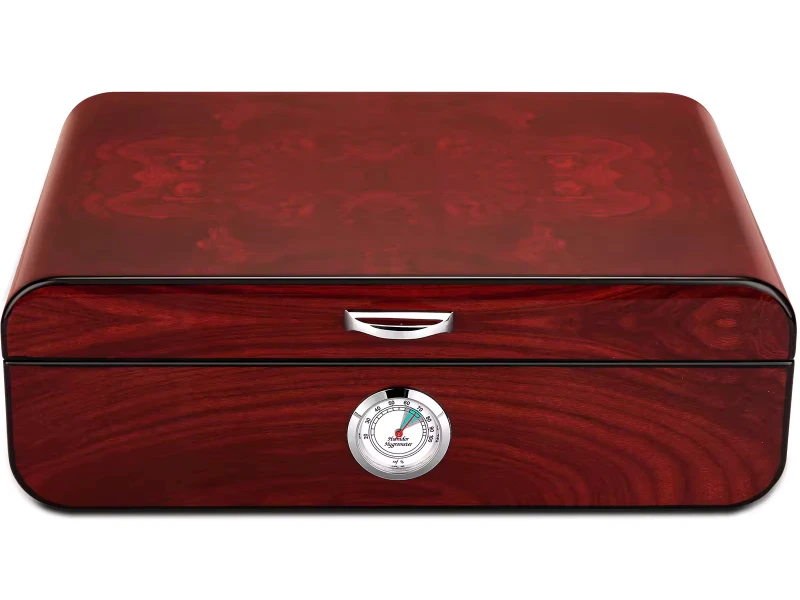
Instead of only saying “handcrafted,” the box shows it. This proof strengthens brand authenticity, especially in markets saturated with industrial goods.
Storytelling examples
| Handmade Feature | Storytelling Angle | Consumer Takeaway |
|---|---|---|
| Tool marks | Old-world craft tradition | Respect for history |
| Grain variation | Nature meets human skill | Cultural authenticity |
| Lacquer brush detail | Master finisher’s artistry | Luxury rooted in skill |
I once guided a Cuban-inspired brand to highlight hand-applied lacquer strokes in its story. Collectors saw it as “living evidence of artisanal tradition.”
Why are collectors often willing to pay more for products that show manual effort?
Collectors prize authenticity above convenience.
They pay more for manual effort because visible labor transforms packaging from product to artifact—an object with cultural and human value.
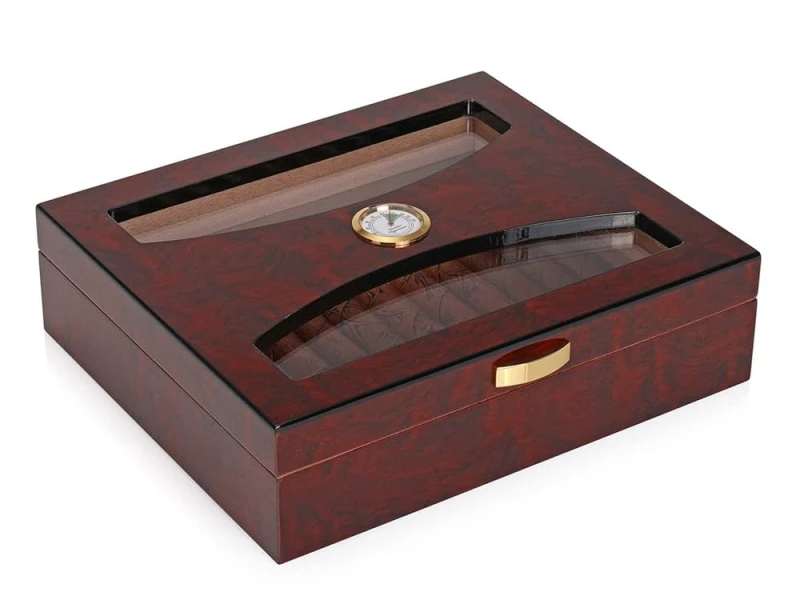
For collectors, labor equals rarity. The human signature behind the object increases its perceived dignity and permanence.
Collector psychology
| Factor | Collector Motivation | Market Effect |
|---|---|---|
| Manual labor | Proof of effort | Justifies higher price |
| Visible individuality | Non-repeatable uniqueness | Collectible appeal |
| Craft legacy | Connection to artisans | Higher loyalty |
I’ve seen collectors choose handmade boxes over machine-perfect ones, even at double the price, simply because they felt “alive.”
How can brands balance raw handcraft charm with the need for refined luxury aesthetics?
Imperfection can charm—but too much risks looking careless.
Brands must balance handcraft traces with refinement by combining visible manual cues with polished finishes and proportional design.
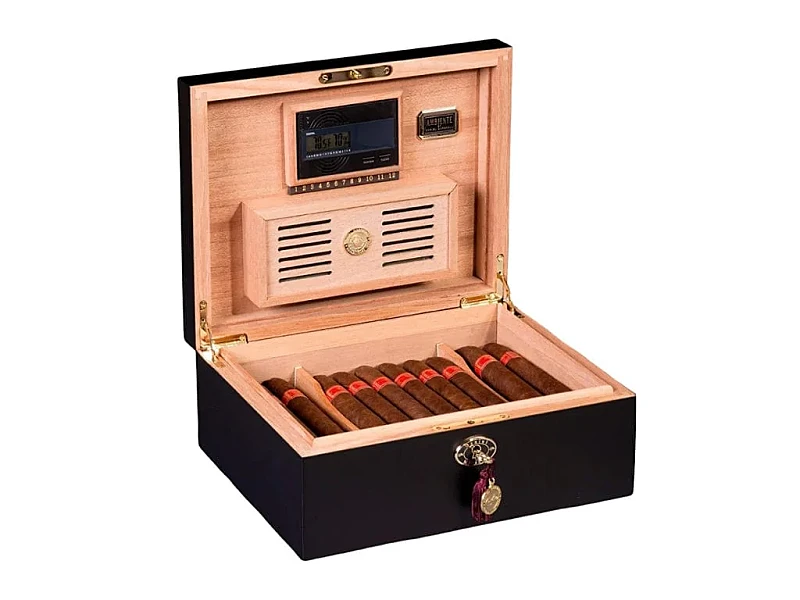
For example, leaving subtle grain patterns visible while applying a smooth lacquer coat, or showing hand-engraved numbers within an otherwise sleek box.
Balance strategies
| Raw Charm Element | Refinement Counterpart | Resulting Effect |
|---|---|---|
| Tool mark traces | Gloss lacquer overlay | Handmade elegance |
| Natural grain | Structured symmetry | Organic luxury |
| Hand-signed detail | Clean modern typography | Human + refined harmony |
One project combined hand-etched numbering with piano lacquer. Collectors said, “It looks luxury, but still clearly made by hand.”
Conclusion
Preserving handmade traces adds value by proving authenticity, emphasizing human effort, supporting heritage storytelling, and creating emotional resonance. Balanced with refinement, these imperfections become the true mark of artisanal luxury.
Brand Name: WoodoBox
Slogan: Custom Wooden Boxes, Crafted to Perfection
Website: www.woodobox.com
WhatsApp:** +86 18359265311

